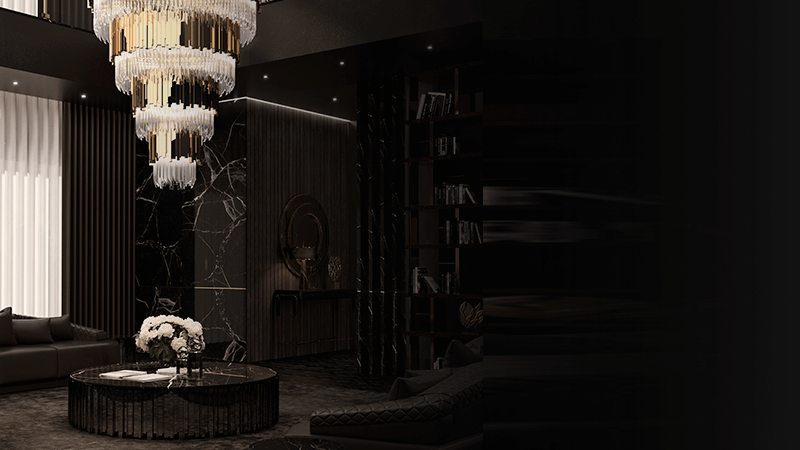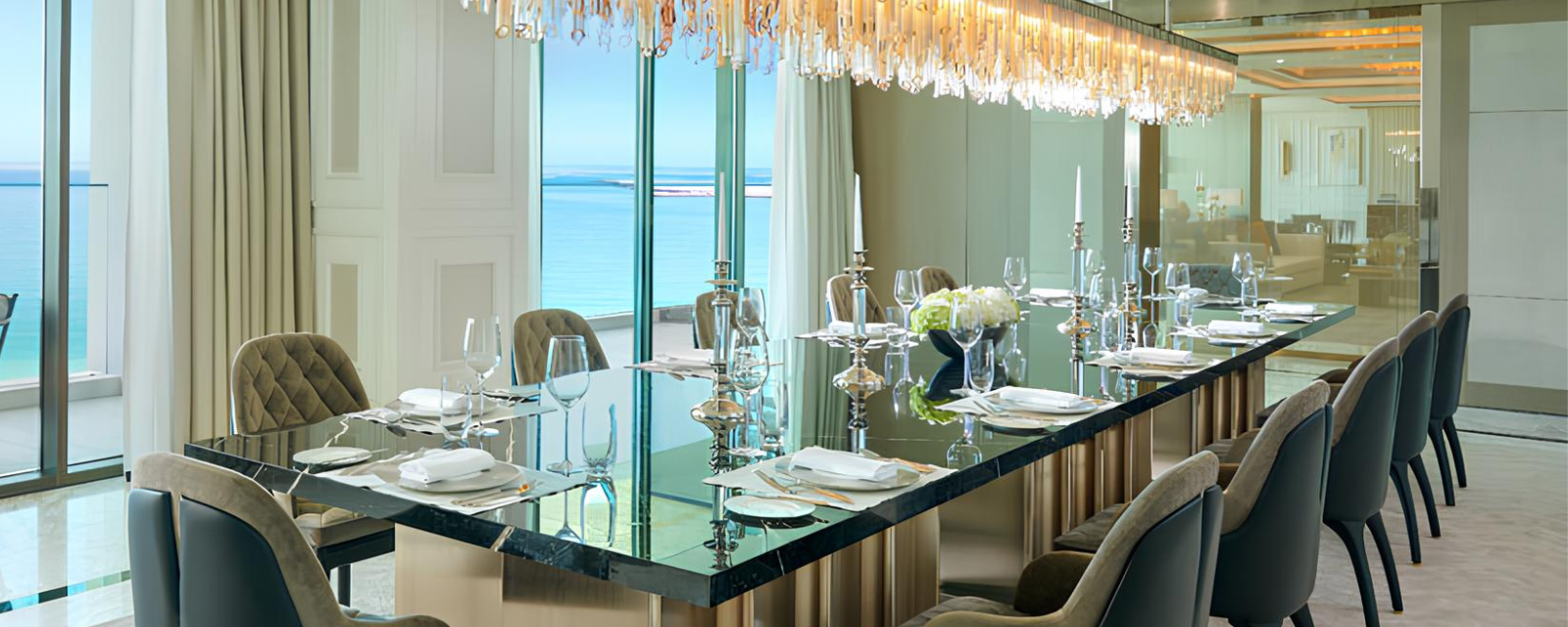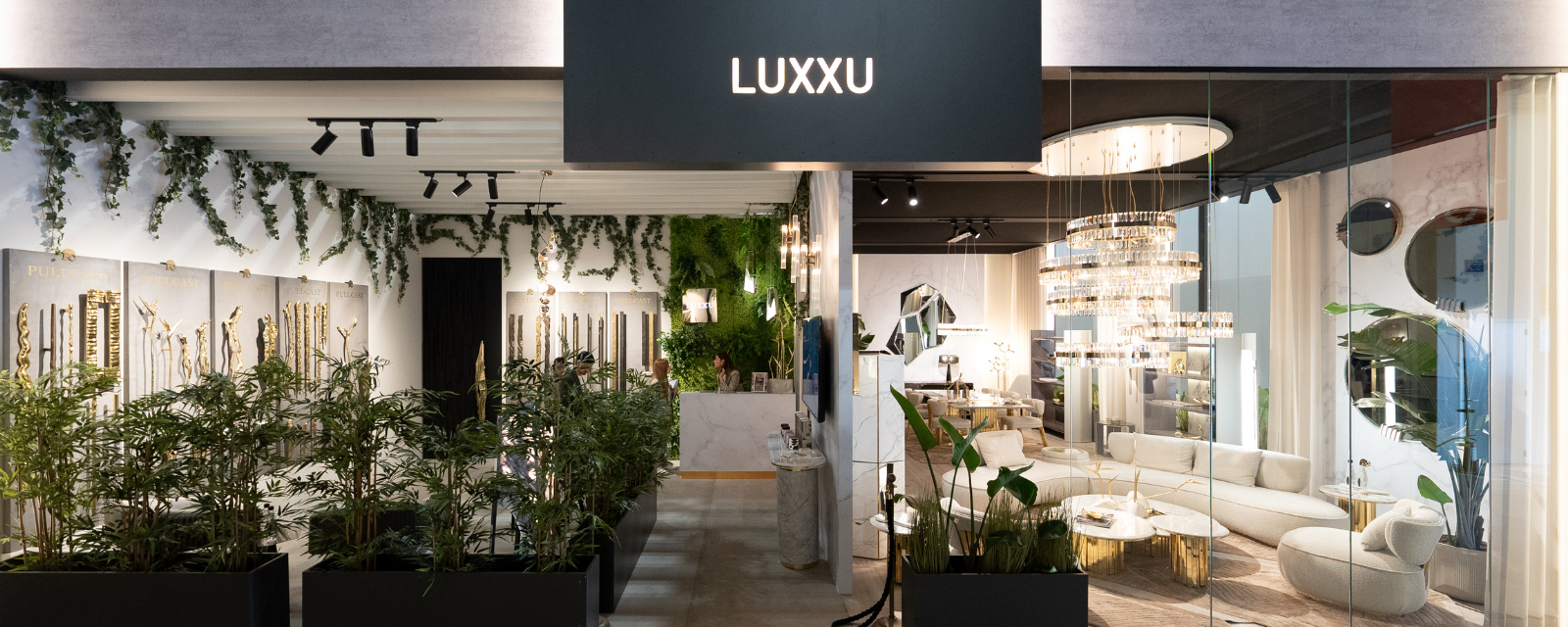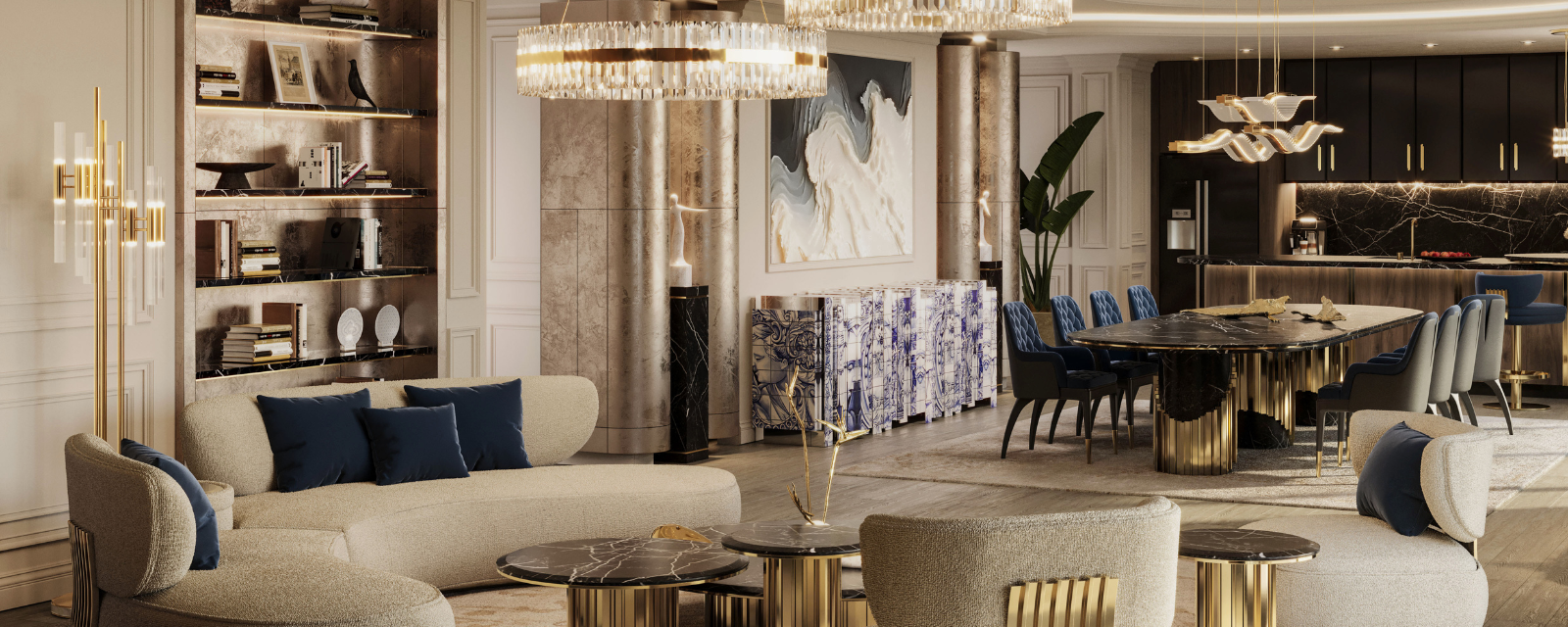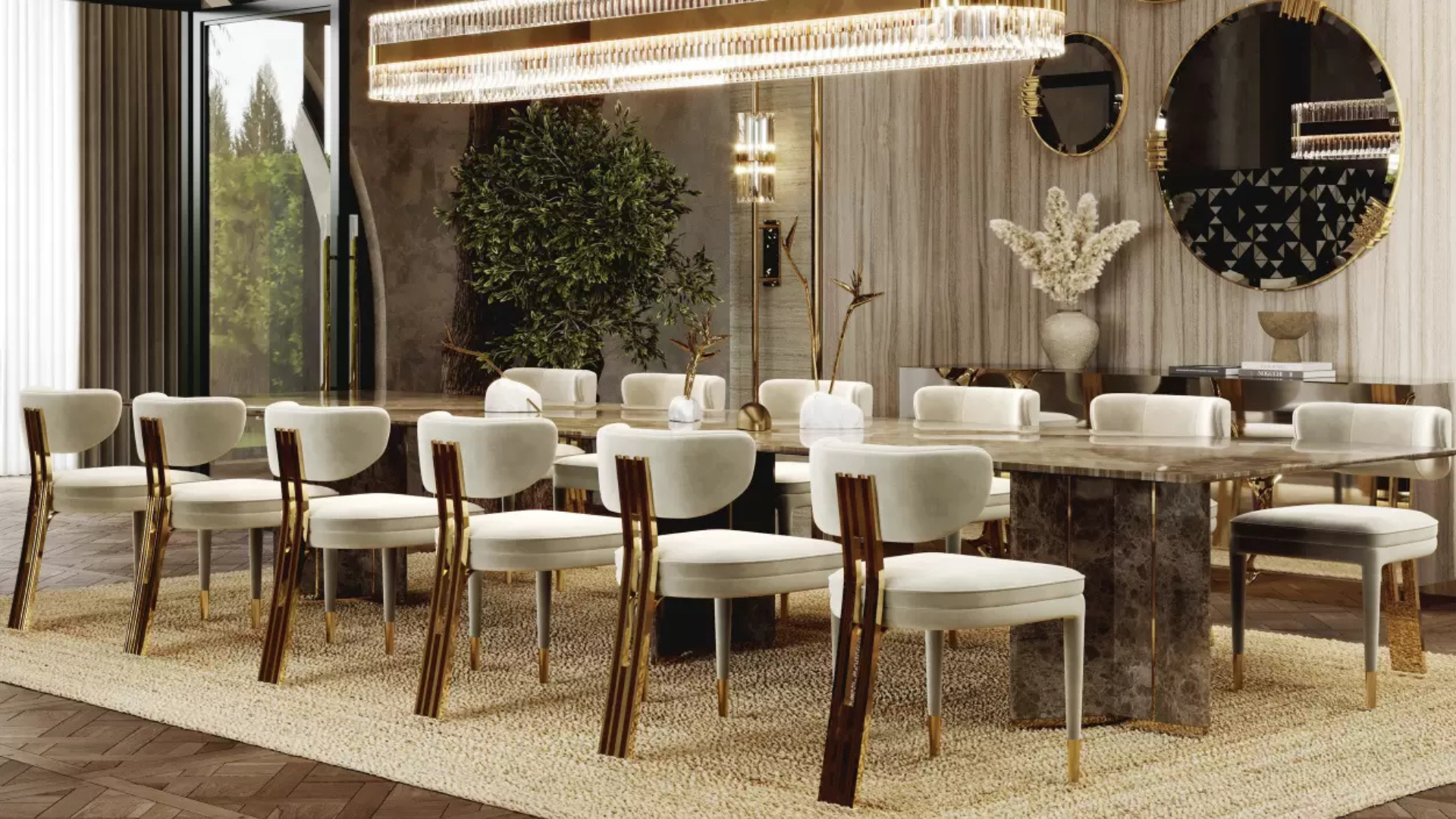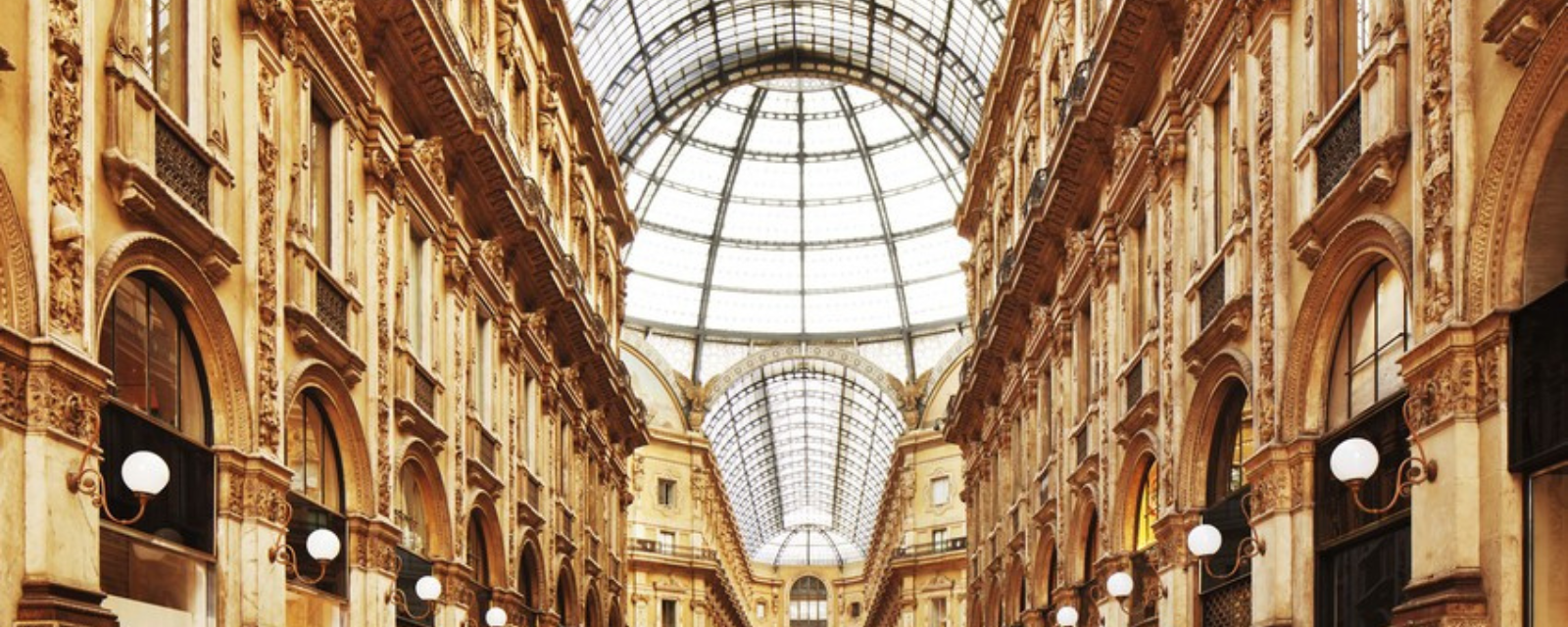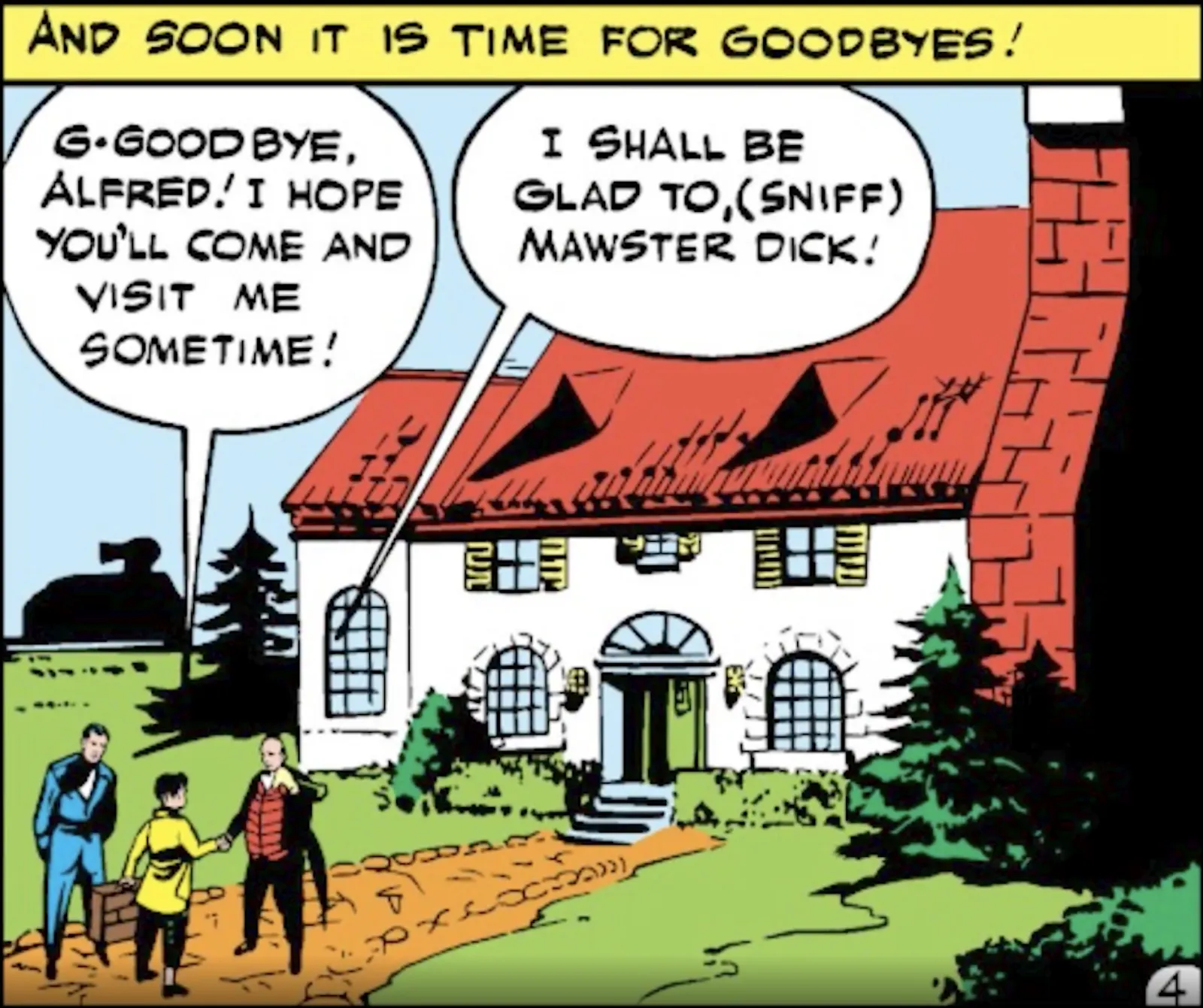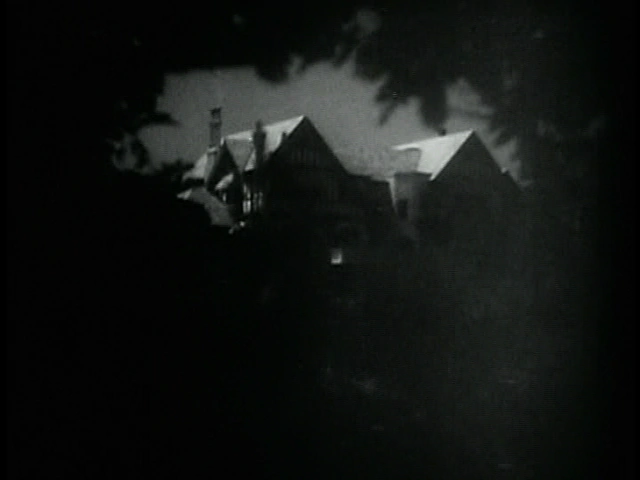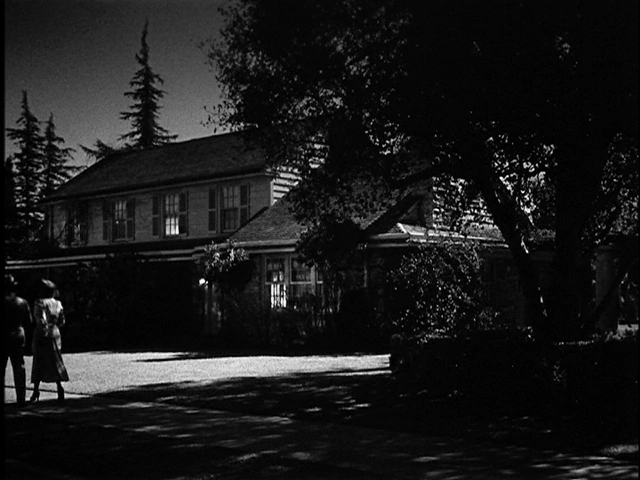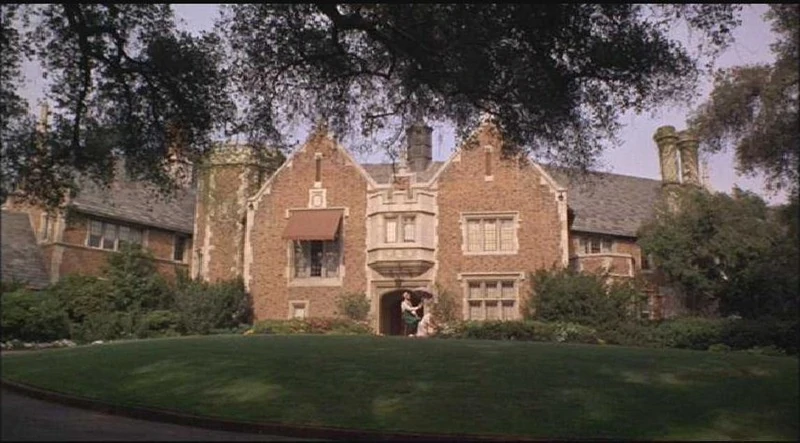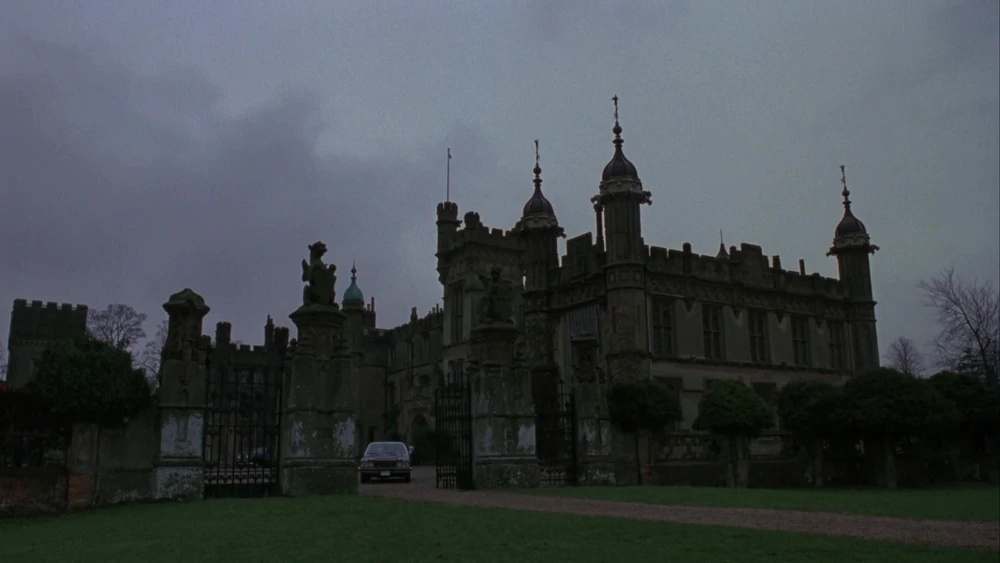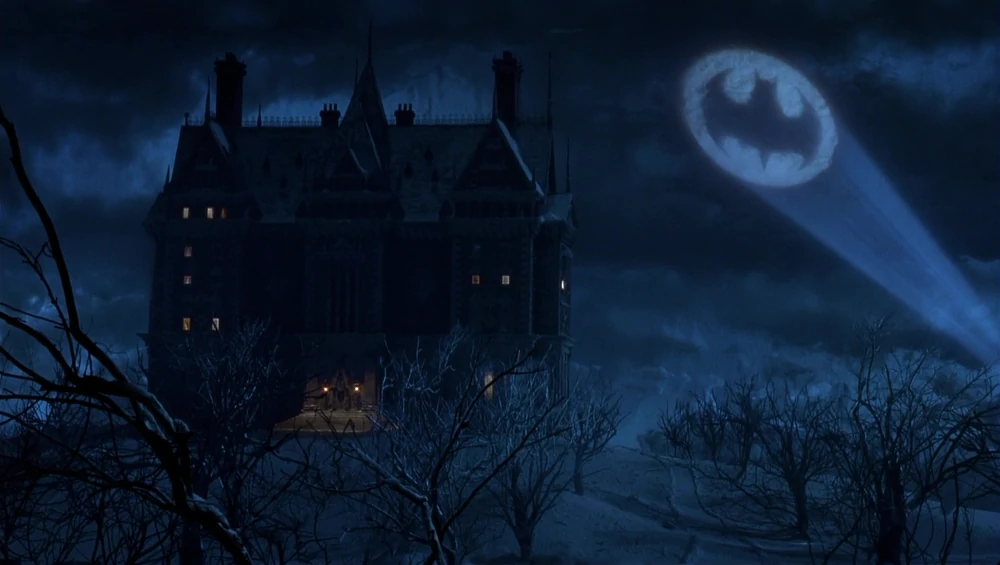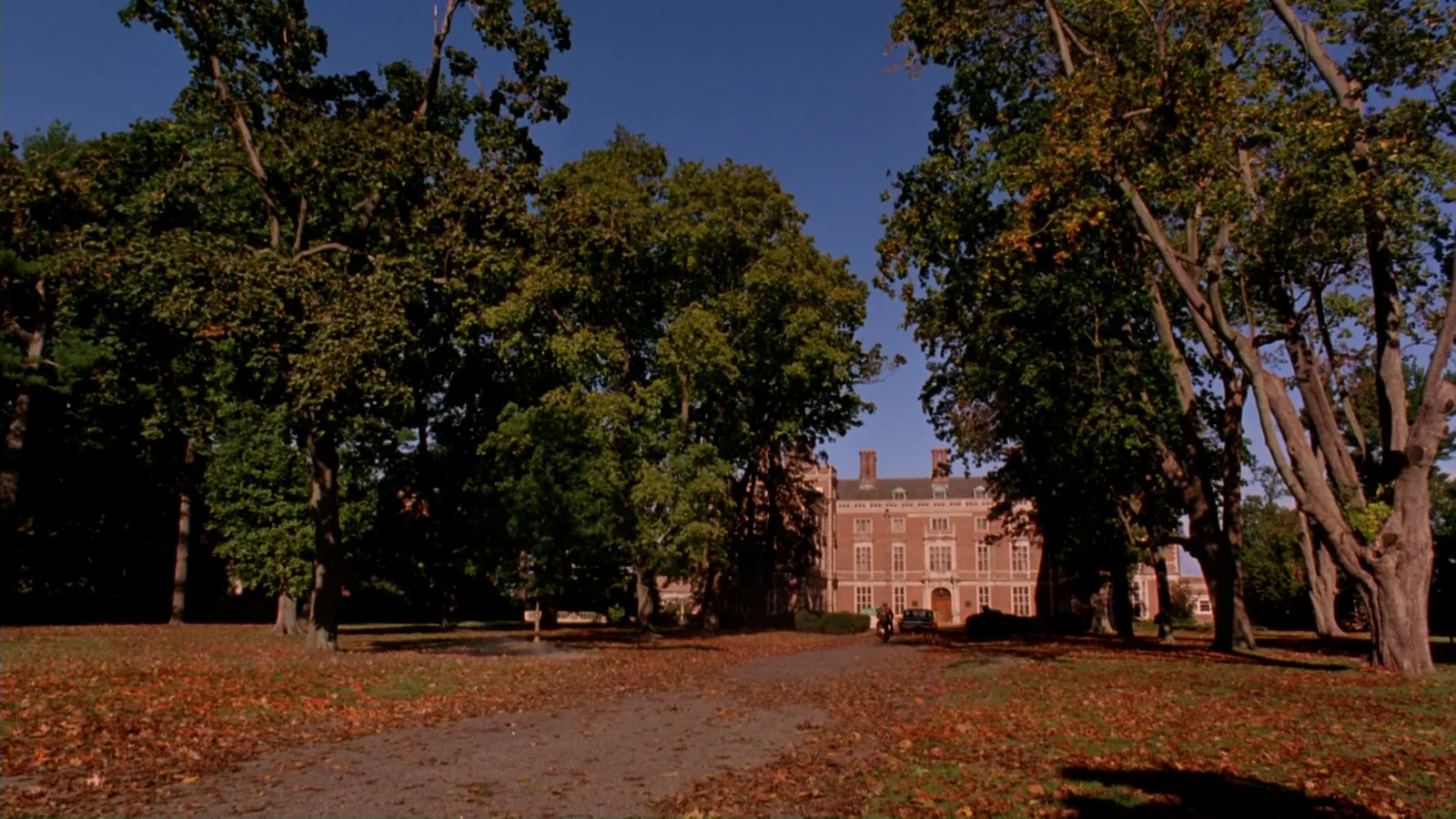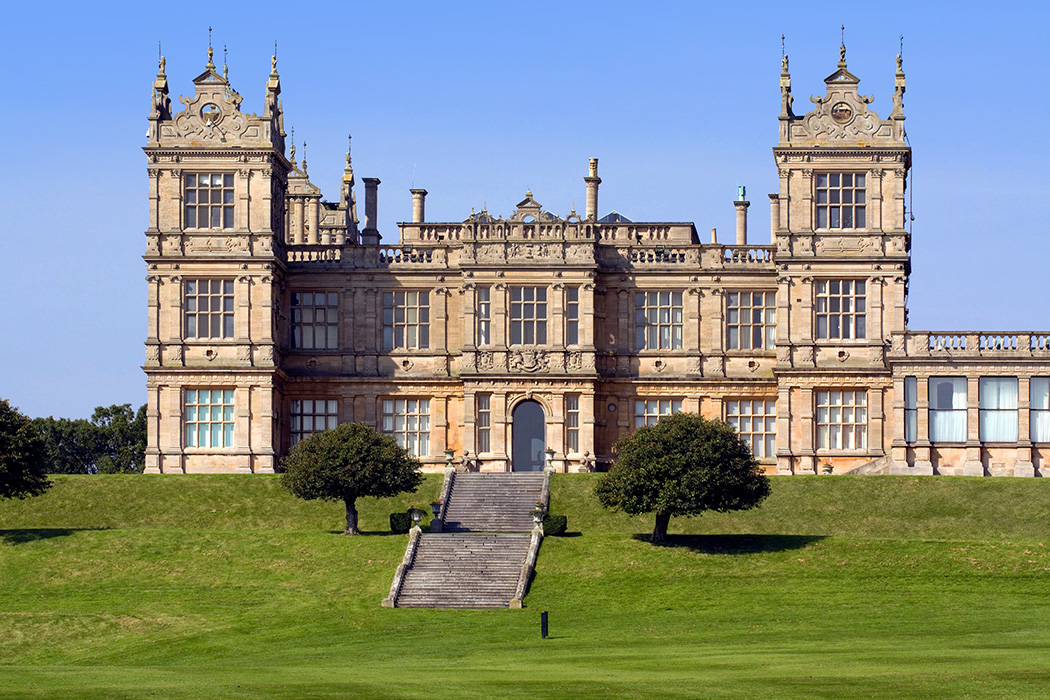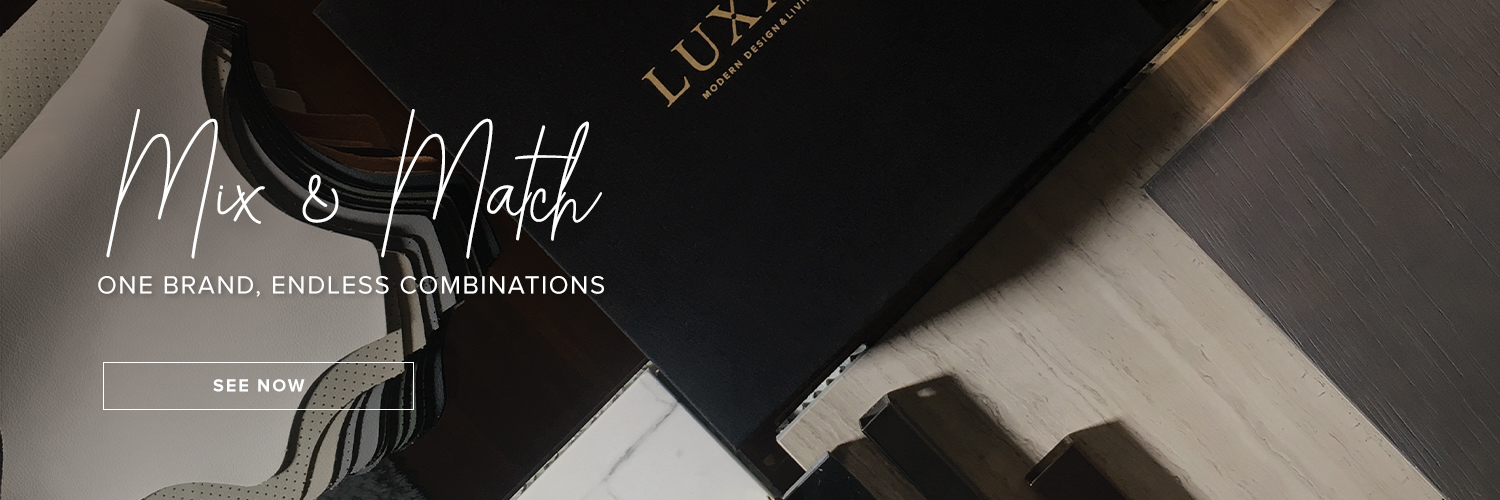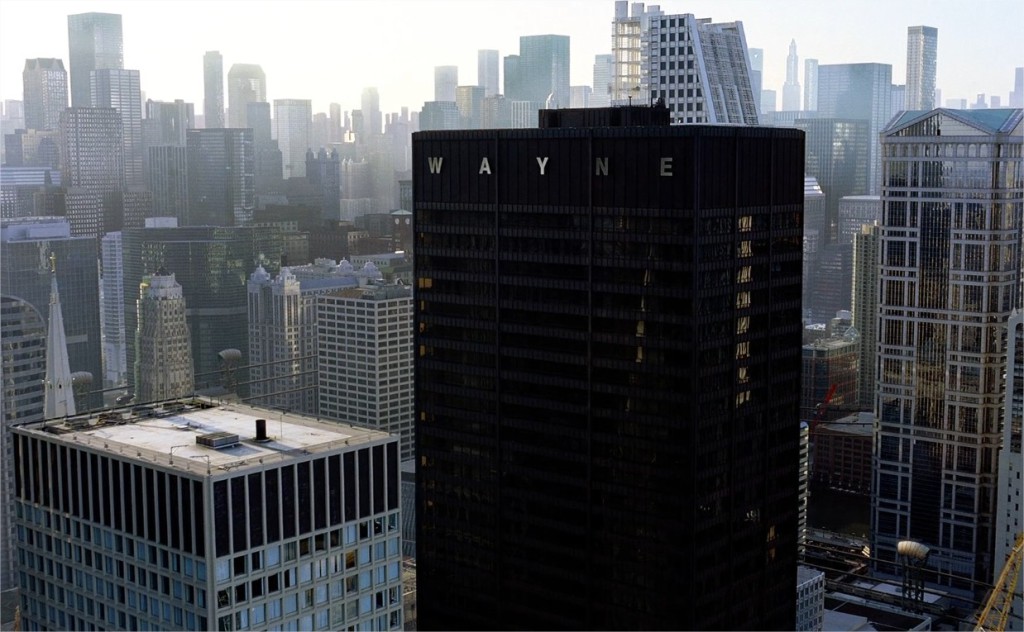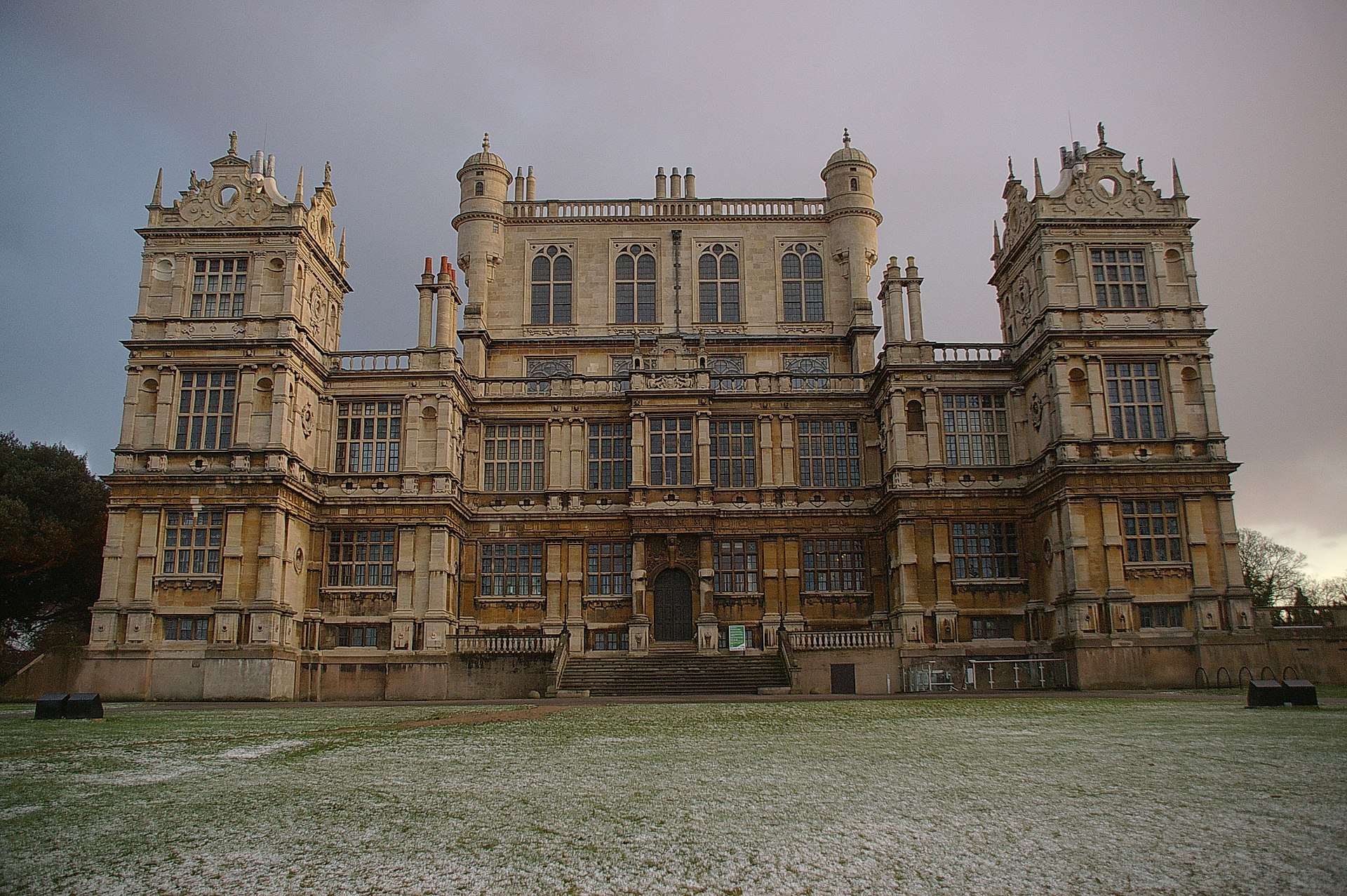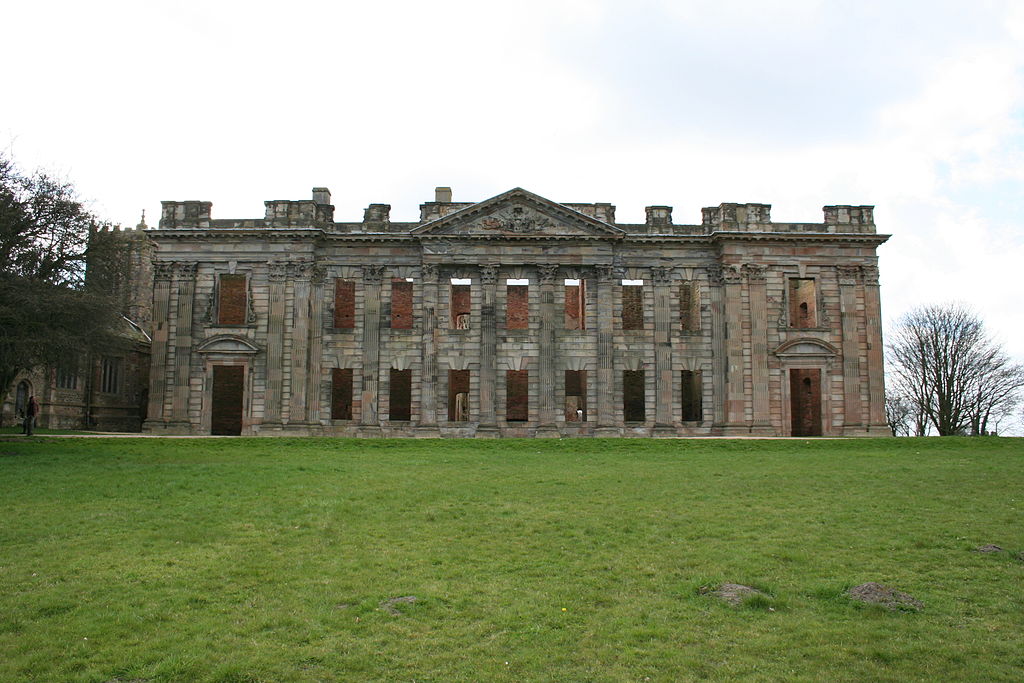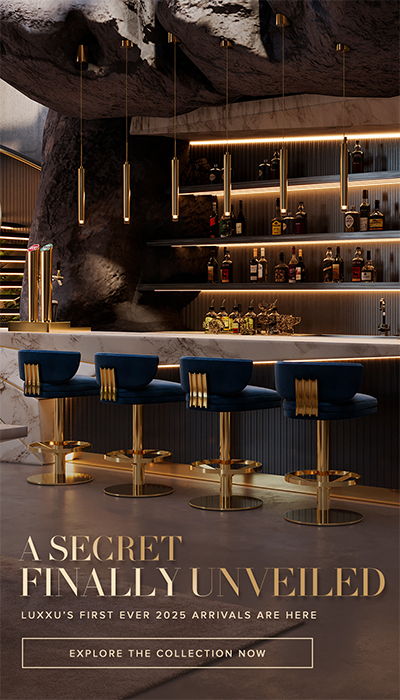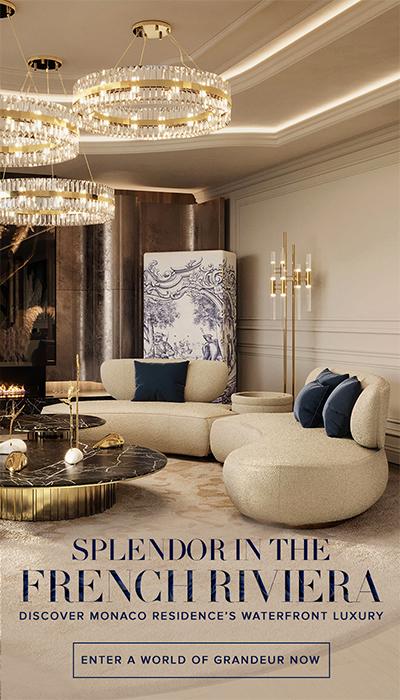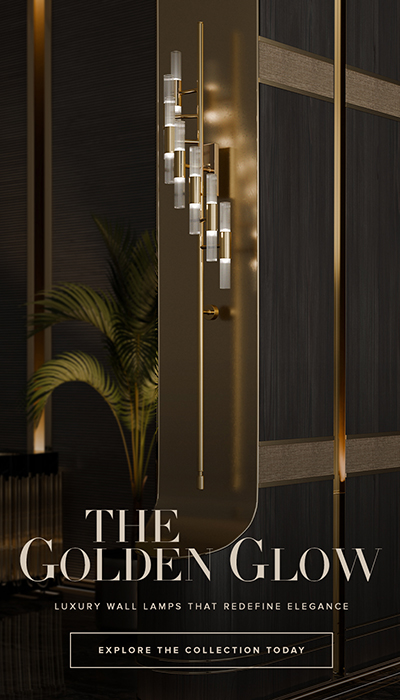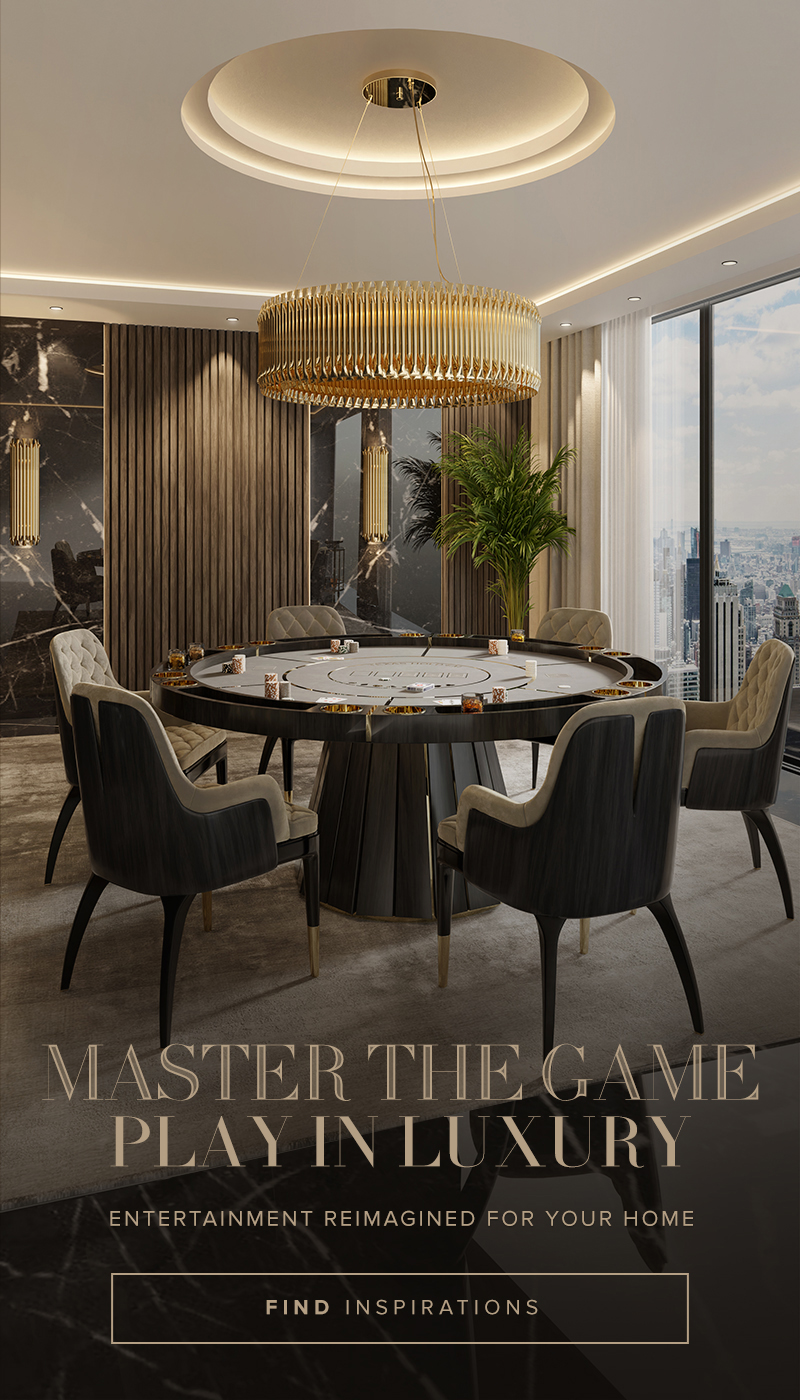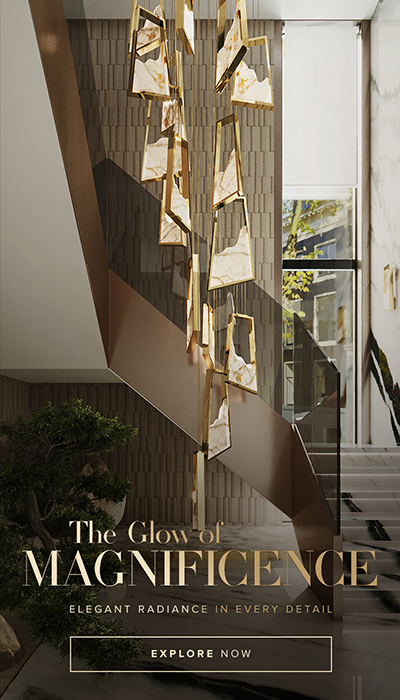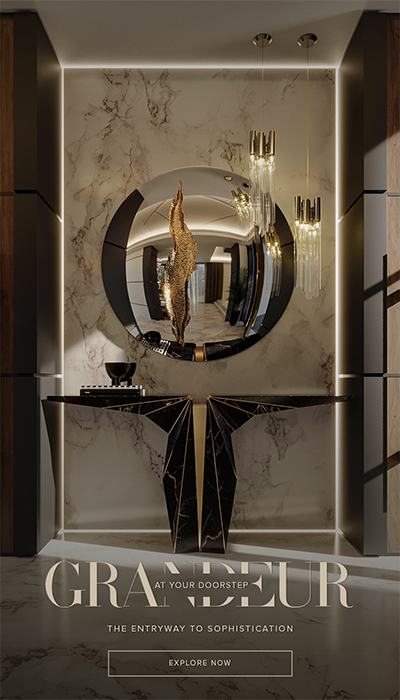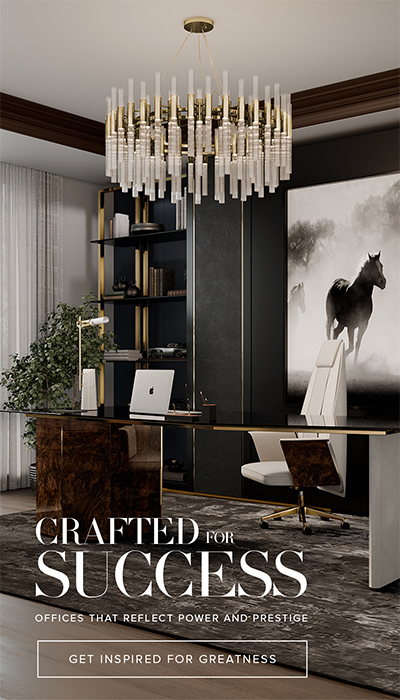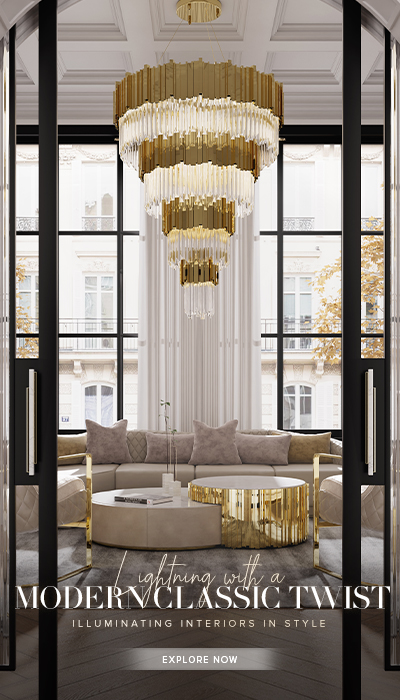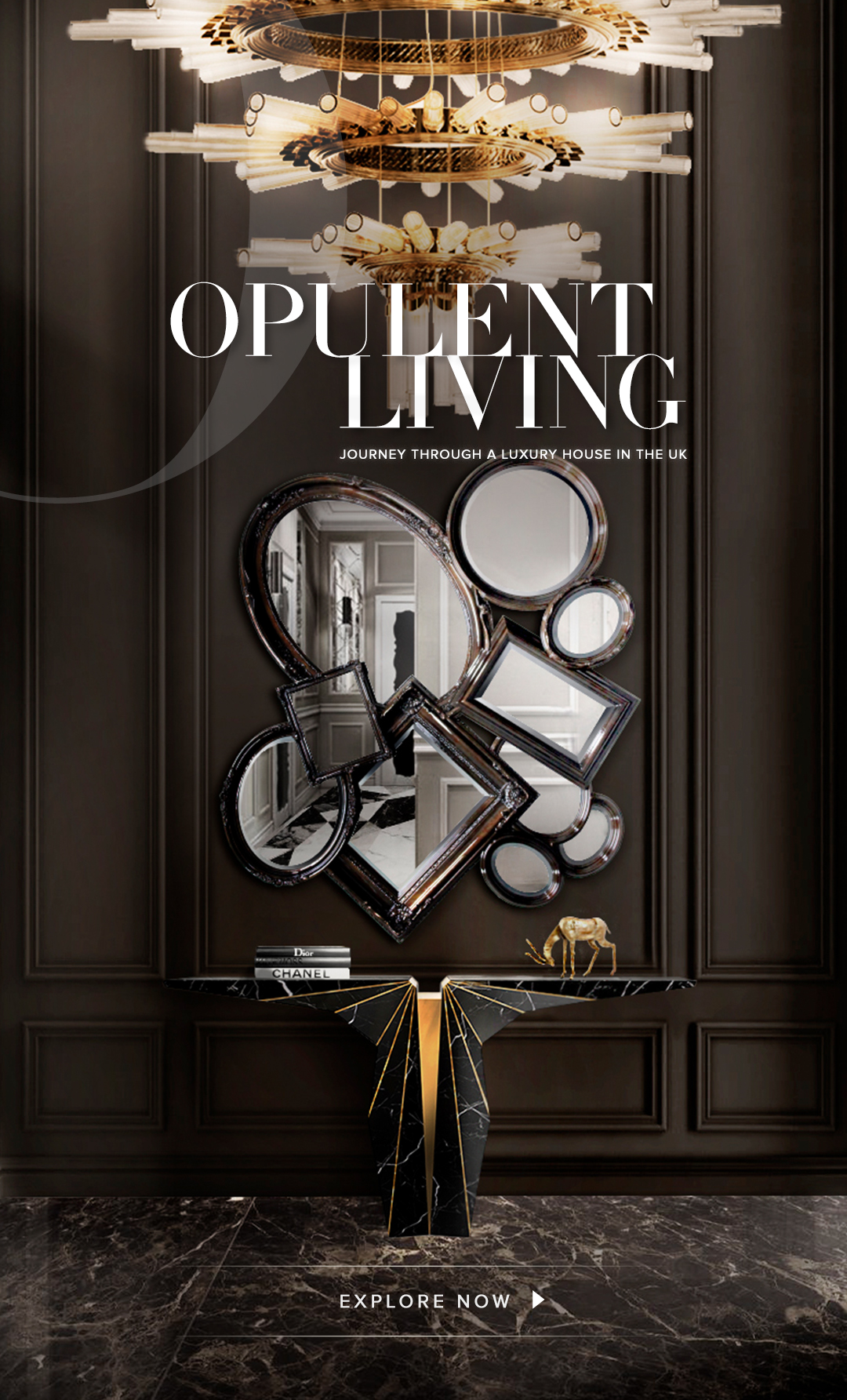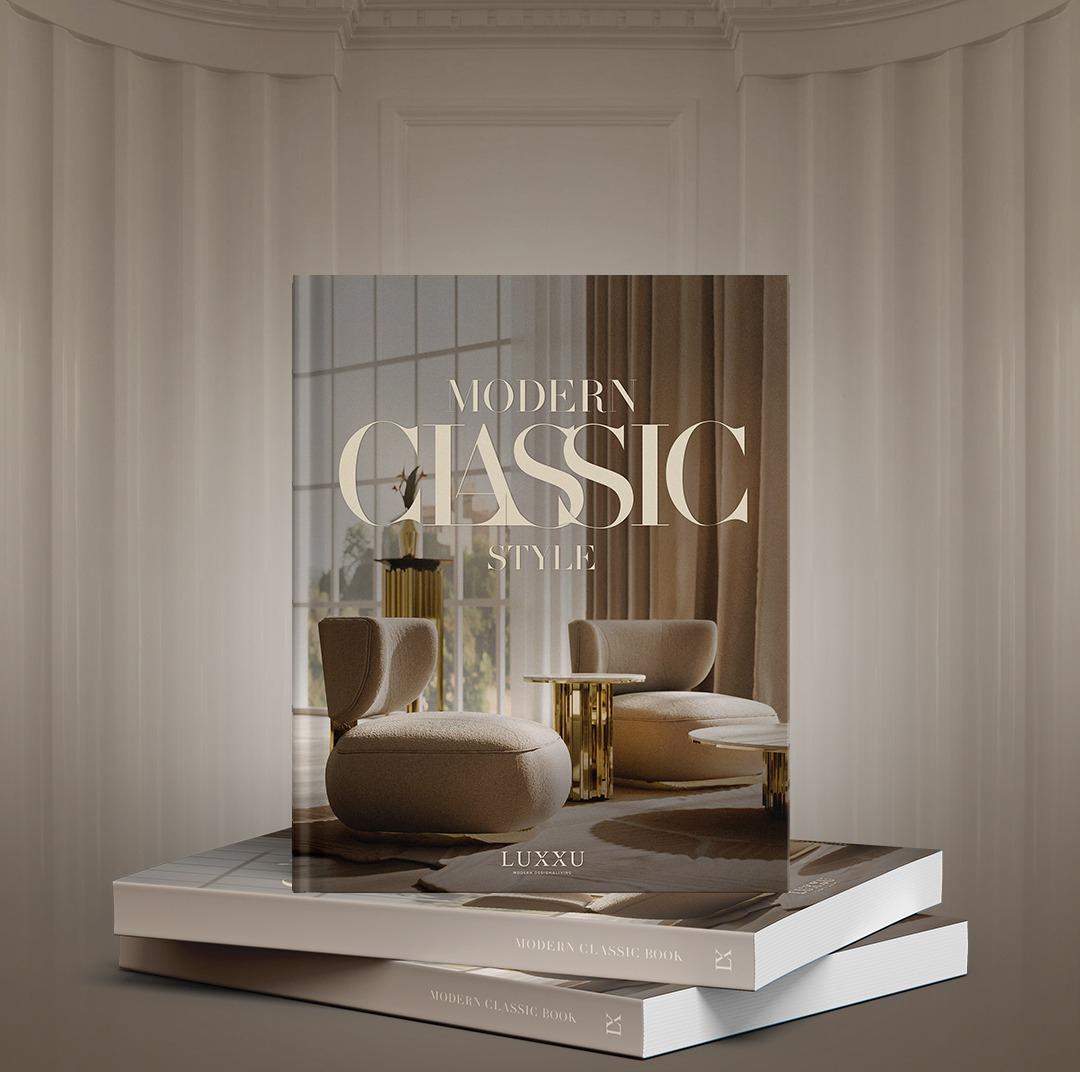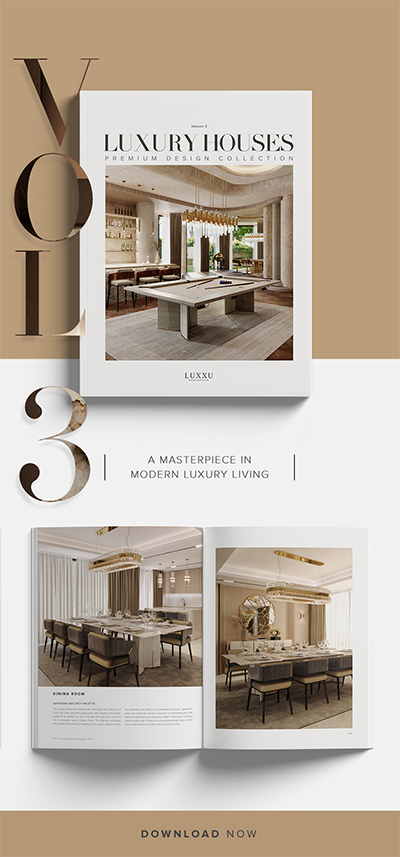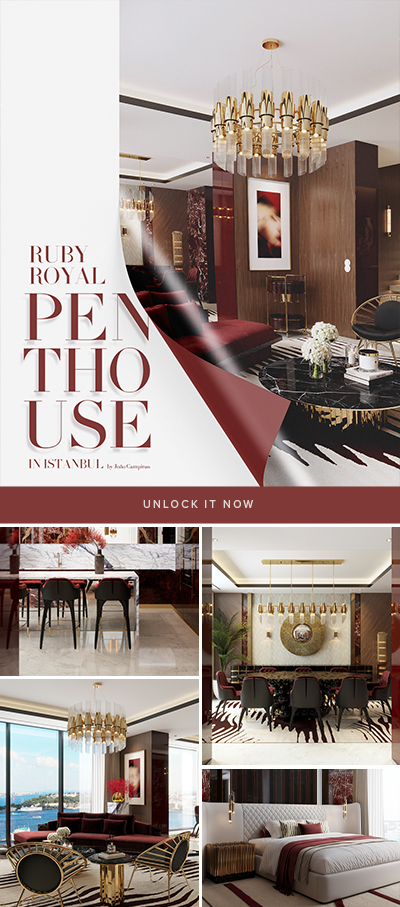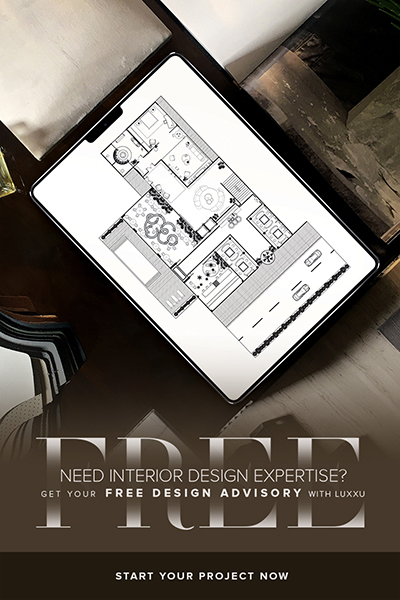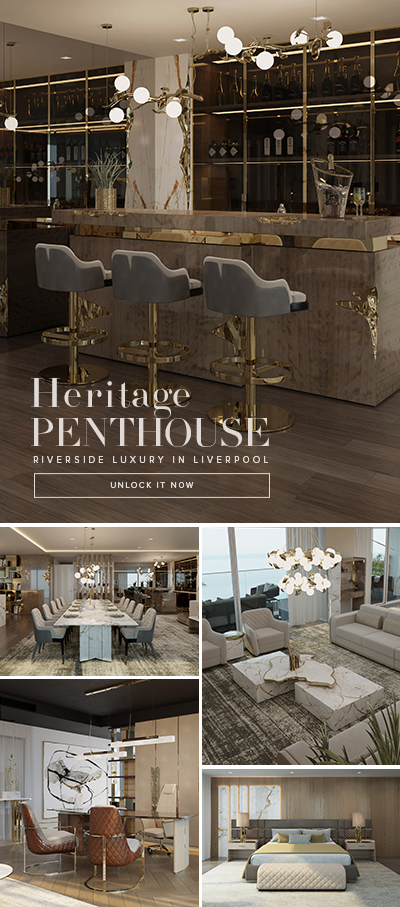Nestled along the pristine shores of the Persian Gulf, Mandarin Oriental Jumeira, Dubai unveils its breathtaking Royal Pe
Batman: The Transformation Of The Wayne Manor In The Last 80 Years
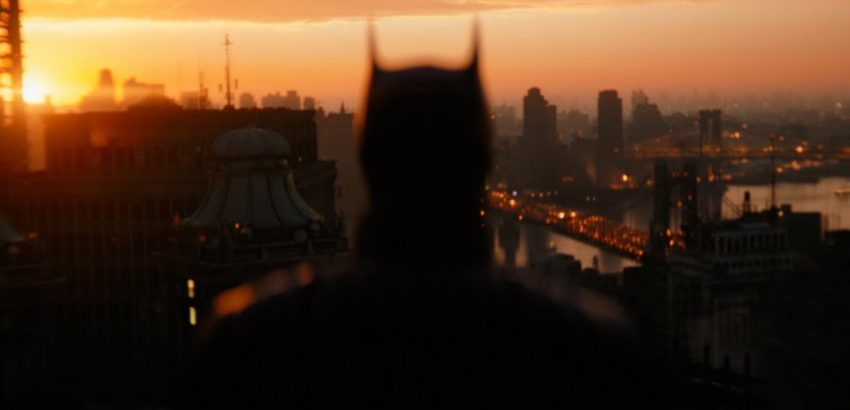
Batman: The Transformation Of The Wayne Manor In The Last 80 Years – Batman’s home has gone through a number of different aesthetic eras and styles over the course of the franchise’s many years of existence. Just outside of Gotham City, hidden beneath the silhouettes of skyscrapers, is Wayne Manor, a lavish estate well-known to readers of comic books. Throughout 80 years of Batman comics, movies, TV shows, and novels, we frequently see the stately mansion where Bruce Wayne, or Batman as a select few refer to him, lives. We’ll walk you through the various transformations today on LUXXU Blog!
See also: An Undeniable Artistic Flair – Prestigious Manchester Apartment
Detective Comics (1939)
Wayne Manor wasn’t always on a grand palatial scale; it first started out quite modestly when it was created by artist Bob Kane and writer Bill Finger in 1939. The manor is depicted in an early version of the house in a Spanish mission style. Wyetzner explains, “It has stucco, arched windows, and this red tile roof.” “This is merely a basic suburban home. Nothing extravagant or grandiose like you might expect billionaire Bruce Wayne to live in.
Batman (1943)
The mansion gradually began to change, particularly as live-action versions of the story began to be produced by filmmakers; the first of these was released in 1943. This serial, simply titled Batman, doesn’t show viewers a lot of the manor’s exterior, which is hidden by trees and a gloomy sky. Wyetzner explains, “You can’t see much, but what you can see are these two gables.” There are also hazy chimneys, towers, spires, and a larger dormer window visible. But it’s impossible to ignore that the house’s ominous and gloomy appearance isn’t just a coincidence. In the middle of World War II, this movie was actually created as anti-Japanese propaganda, Wyetzner claims, adding that not only is the manor’s design dark, but so is its message.
Batman and Robin (1949)
The Wayne Manor is much more clearly visible in Batman and Robin from 1949, in what seems to be a neighborhood. In the video, Wyetzner describes the home as “just a regular, colonial, suburban house.” The house that was used to represent the estate has a history of its own in movies, just like Wayne Manor did in the Batman series. The Lindsay House, a building on the Warner Brothers backlot that has appeared in films like Bewitched, Dennis the Menace, The Three Stooges, and Lethal Weapon, goes by that name.
Batman (TV series; 1966–1968)
Wayne Manor begins to develop into the affluent mansion that we now envision it to be by the 1960s. The house featured in the Batman TV series was constructed in the collegiate gothic style and has double gables, a stone bay, a grand entrance, small windows with stone mullions, and quoins along the corners. The mansion also has a lot of limestone detailing, which, according to Wyetzner, “implies a grander level of luxuriousness.” The unofficial start of enormous mansions or palatial-like representations of Wayne Manor is this particular rendition.
Batman (1989)
The first thing Wyetzner notices about Tim Burton’s 1989 Batman film is that Wayne Manor “is clearly a real castle.” The building prominently displays crenelations, flanking wings, stained glass windows, and ornamental stonework. The house is actually Knebworth House, an English country house from the fifteenth century, as Wyetzner continues to explain. Wyetzner remarks, “If the last house was a grand residence, this is now a palatial estate.”
Batman Returns (1992)
Tim Burton opted for a fictional Wayne Manor in Batman Returns as opposed to a real-life one. According to Wyetzner, “He’s using a variety of styles to portray a very eerie and mysterious kind of building.” Burton used three towers, a pitched roof, teeny dormers, and multiple stories for the film. “The design is all about fantasy, so this works well for a movie.”
Batman Forever (1995)
The structure used in the 1995 Batman Forever film, according to Wyetzner, “feels somewhat like a school building, which makes it different from others.” The structure is Stevenson Taylor Hall at the Webb Institute in Glen Cove, New York, which is neither quite a palace nor quite a house. A pitched roof, dormers, and a grand entrance are among the building’s collegiate-style features. However, it also uses paired chimneys, a stone balustrade, two wings, stone-framed punched windows, and waterline to tie everything together. Future Batman adaptations, including Gotham in 2014, used the school building as Bruce’s residence.

Batman Begins (2005)
In Batman Begins, Wayne Manor regains its palatial grandeur thanks to an Elizabethan/Jacobean stone building. This 2005 movie used Mentmore Towers, a 19th-century English country house, to represent the house. According to Wyetzner, “this house, like Knebworth House, gives the impression of how wealthy and successful Bruce Wayne is supposed to be.”
The Dark Knight (2008)
Bruce Wayne’s magnificent estate regrettably burns down by the end of Batman Begins, forcing him to move into Wayne Towers’ penthouse when the series made a comeback with The Dark Knight. The city views outside the windows were added using a green screen, says Wyetzner, who adds that this is actually the lobby of a Mies Van Der Rohe building in Chicago. Despite the fact that the movie tries to give the impression that Batman lives in the sky, Wyetzner points out that a few architectural details reveal that this isn’t the case. The roughly 25-foot ceilings indicate that the actors are in a lobby, and the massive pillars that can be seen all over the house wouldn’t be required in a unit that was only supporting a roof. The exterior shots of the building were taken at the Royal Sonesta Hotel, which is also located in the windy city.
The Dark Knight Rises (2012)
In The Dark Knight Rises, Bruce Wayne has given up his high-rise apartment and returned to his castle-like home. Although Wyetzner notes that this plot line is somewhat ironic given the choice of buildings in the films, the story claims that the new Wayne Manor was rebuilt after the original was set on fire. The rebuilt estate was portrayed in The Dark Knight Rises by the Elizabethan mansion Wollaton Hall. The Mentmore Towers that caught fire in the previous two films is actually a version of this house that predates (and was the inspiration for) the original.
Batman vs Superman: Dawn of Justice (2016)
Although there are fewer close-ups of Wayne Manor in the Zack Snyder movie than in earlier versions, Wyetzner claims that some details are still clear. The building is a classical structure with Greek influences, and it has a pediment supported by substantial columns. As the manor, Sutton Scarsdale Hall in Derbyshire was utilized.
The Batman (2022)
The superhero lives in an elaborate Art Deco tower in the most recent Batman adaptation, which stars Robert Pattinson as Bruce Wayne. Wyetzner claims that while the front entrance does make use of substantial Grecian columns, the building’s base is much more understated and has a midcentury aesthetic. Because of the mixing of styles, he says, “I think it’s not a real building.” Filmmakers probably used CGI to enhance a real-world Chicago structure to create this Wayne Manor.
See also: How To Enhance Any Design Today With LUXXU’s Details That Matter!
If you enjoyed this article regarding Batman: The Transformation Of The Wayne Manor In The Last 80 Years then make sure to check out our socials to find news, inspirations, and more interior design ideas: Pinterest | Facebook | Instagram.

